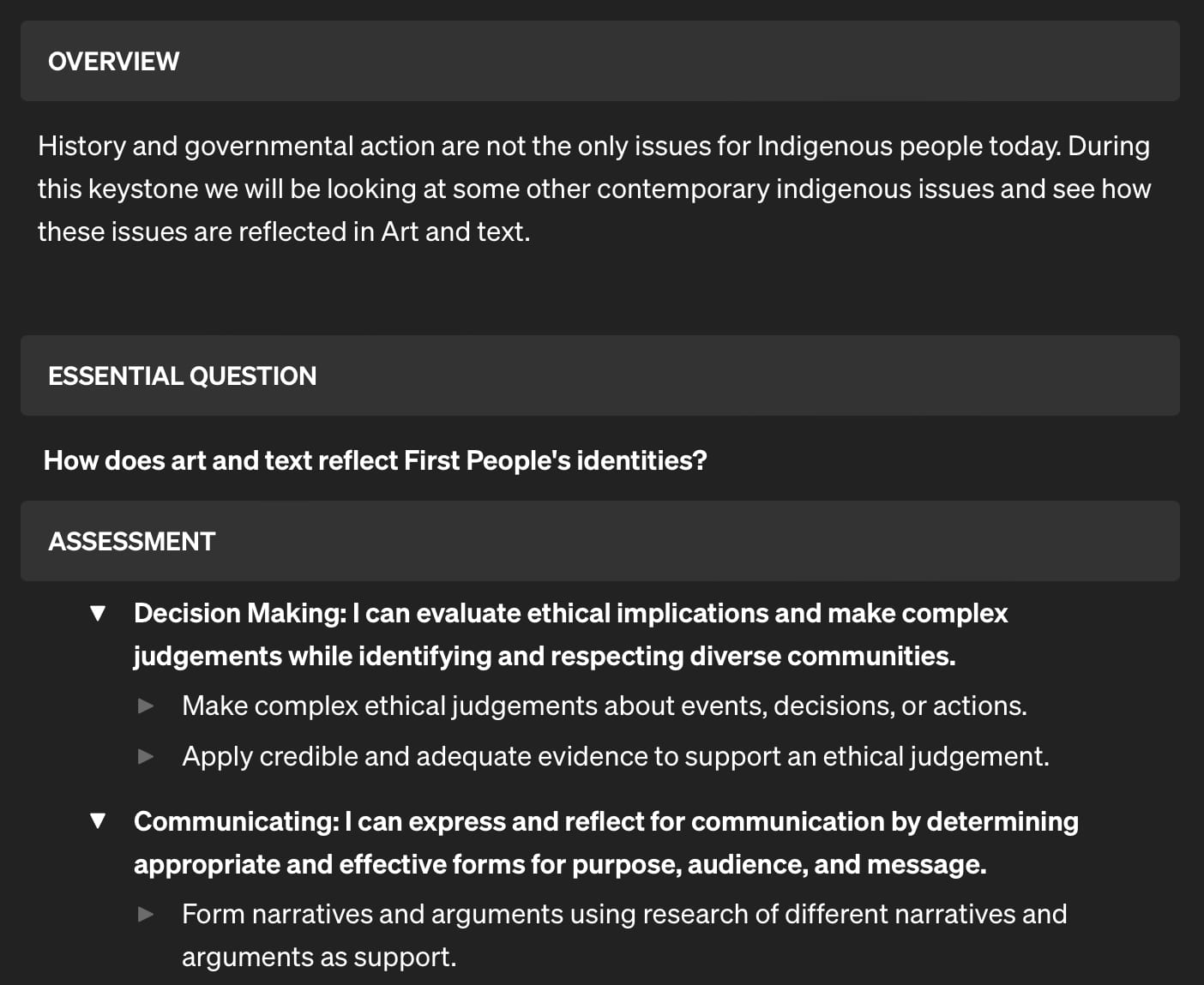Helloooo world of blog. I haven’t really done any blog posts yet this year specifically about my careers class so guess what we are talking about today? Yep my Personal Growth planning aka PGP aka Careers class and what we’ve been working on.
So how does one market themselves? In this case, I am talking about marketing yourself in terms of job opportunities through things like resumes and business cards. The choices that you make when choosing how to present yourself to potential employers can greatly influence your chances of getting that job. So this section of our PGP class set out to prepare us for the job hunting and professional self-presentation of our futures.
Driving Question;
How do I make career life choices?
Answer – planning. Let me explain;
We started by looking at our dream careers and our realistic careers, what those jobs would initial and what the prerequisites were. And then finding the prerequisites for those prerequisites and so on. What schools do you want to go to? How far from home are you willing to travel for university/college? What degree do you need? Where do you want to end up living? What’s your financial situation going to look like? Etc. Answering all these questions is essential to planning out any career life choice you make. Tracing out where you want to go and how to get there is how you make career life choices, or at least how you make good career life choices.
And to help us start making these career life choices, we started answering the question “How can I effectively market myself to employers?” To convey our answers to this question, we each made new resumes, business cards, and a cover letter draft that we could send out to potential employers.
The Resumes
Above you will see my updated resumes that I made during this course. I really like the one that has my picture on it because it separates my qualities/soft skills from my skills. An employer can make their decision just by a quick glance over a resume so it is important that they are neat and organized in layout. I think I did a wonderful job creating an appealing resume that accurately reflects me marketing myself.
The Business Cards
As you can see above, I have 2 different business cards. One I chose to do a simple black and white with minimal information and personality, the other is coloured and has some line graphics on it. I like the beige aesthetic one because it feels more personal and includes my title as student/sales associate.
The Mock Interview
Finally, we did mock job interviews. My partner Dana and I spent a lot of time carefully picking out interview questions that we thought displayed a good mix of our skills and personality, being sincere with our answers as well. We came into school dressed professionally and ready to shoot. We then dressed up and filmed the interview with both people answering and asking the questions. Practicing like it was a real interview helped me feel better prepared for any interviews I will have to do in the future because I already know what questions may be thrown at me and how I should respond to show off my best self. I think this interview shows off my skills in communication and my passion for my interests, but I’ll let you judge for yourself. Here is the video Dana and I made (I’m the brunette);
Conclusion
Overall this section of PGP has made me feel more confident in my abilities to get another job in the future when I leave the one I am currently at. I am excited to use my new resumes and maybe even hand out a business card or two. It was sometimes difficult to find colours or fonts that matched my personality, and trust me you can spend a very long time flipping through fonts that just dont feel quite right. But being able to critically think about one’s future is a skill I have always loved to use and exercising that in this project was very helpful for me. Thanks for reading!
As Always, Brooke









